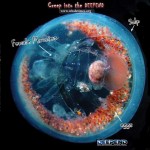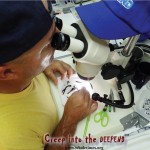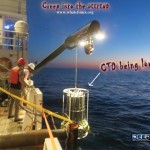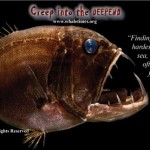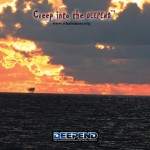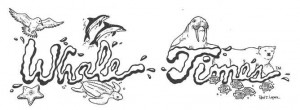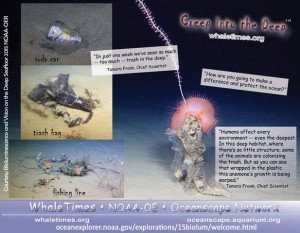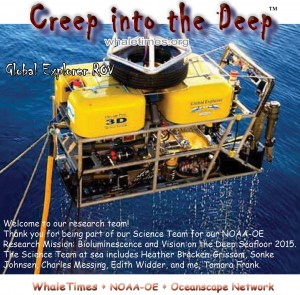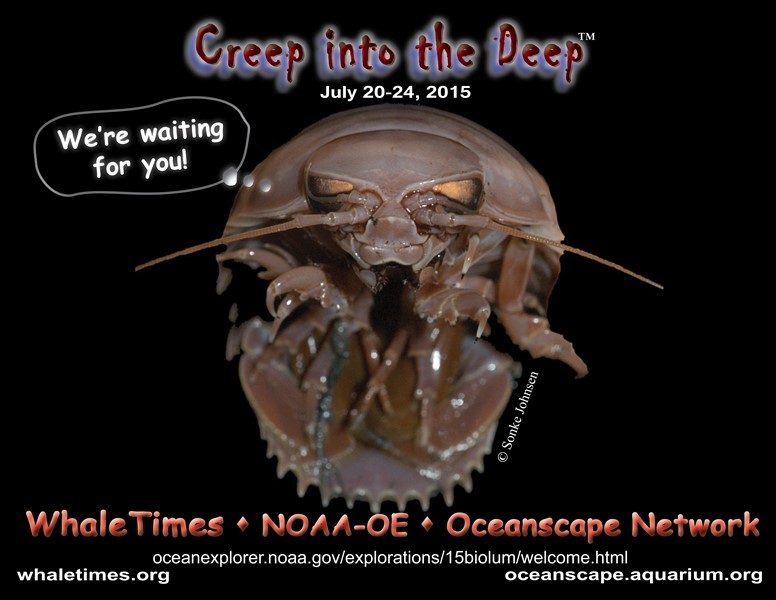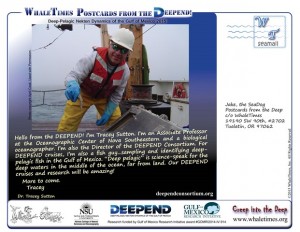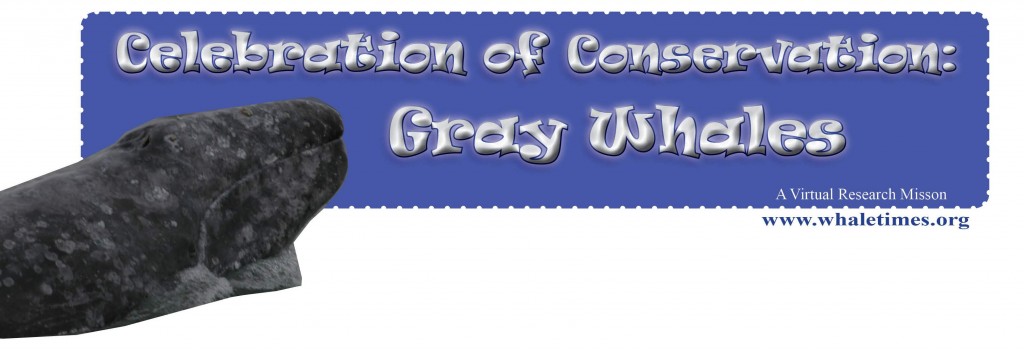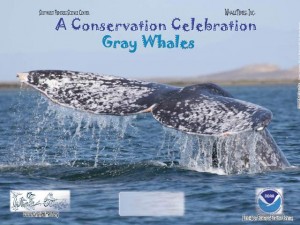 Journey into Midnight – Light and Life Below the Twilight Zone 2019 Expedition
Journey into Midnight – Light and Life Below the Twilight Zone 2019 Expedition
Tuesday, June 4, 2019 at 4:00 PM EDT
Please register at: https://register.gotowebinar.com/register/8902228179294145281
Despite being the largest habitat by volume on the planet, the water column remains one of the most poorly explored environments. This is especially true once one moves below 1000 m into the bathypelagic realm.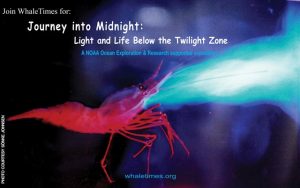
Join Dr. Edie Widder, world renowned deep-sea explorer and founder of the Ocean Research and Conservation Association (ORCA), as she shares the fascinating science behind the upcoming NOAA Ocean Exploration and Research supported expedition, Journey into Midnight: Light and Life Below the Twilight Zone.
From June 7 to June 23, 2019, Dr. Widder and her team will explore bathypelagic depths (the water column below 1000 m) in the Gulf of Mexico to study bioluminescence and vision capabilities of the organisms that live there. What we learn is sure to be illuminating!
This 60-minute webinar will provide an introduction to the expedition and associated education resources available online.
Questions? Contact susan.haynes@noaa.gov.
After registering, you will receive a confirmation email containing information about joining the webinar.
